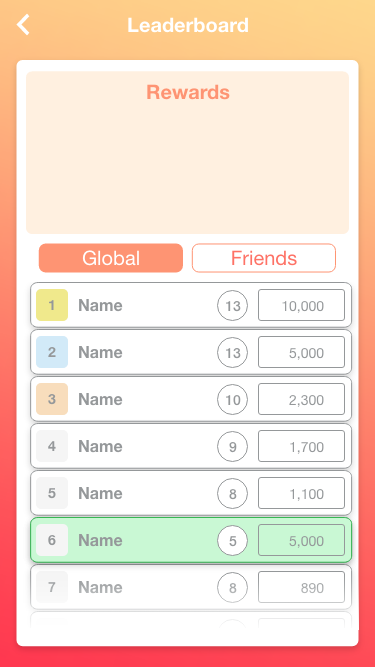Leonardo B Luz
User Experience Designer
Building a Product Department: Transforming Fiction's User Experience
When I first joined the Fiction team, the product department faced numerous challenges, and it was clear that a significant transformation was necessary. The team had a backlog of user experience (UX) requests, and only two UX designers were available to cater to the demands of a 30-member development team. Our journey to building a robust product department began with a focus on efficiency and user-centricity.
Establishing the Foundation:
The first step was to set up a system that allowed us to work swiftly and effectively. To expedite the UX process, we identified two critical components: a design system and standardized documentation templates. Recognizing the urgency of our situation, I presented a strategic plan to the development team, which included:
- Establishing a clear UX process
- Creating a comprehensive design system
- Developing standardized design documentation
This presentation immediately reassured the development team, laying the groundwork for the transformation ahead.
Understanding User Needs:
The next phase involved gaining a deeper understanding of our users. To achieve this, we implemented a user research process and standardized continuous user interviews. Leveraging my past experience, we established user research as a fundamental practice across the entire team. The result was an impressive rate of 80 interviews in 10 months, equating to approximately 2 user interviews per week. Key achievements included:
- A well-defined user research process
- Consistent and standardized user interview practices
- The introduction of quantifiable usability studies
Expanding the Team:
Recognizing the value of user research, my colleague and I hired a new team member dedicated to user research. This addition effectively doubled our research output and allowed us to enhance our documentation tools. Furthermore, we expanded our UX research team by recruiting a skilled UX researcher, strengthening our capabilities in this critical area.
Market Analysis and Sentiment Assessment:
With UX and user research in place, our focus shifted to understanding our users' perspectives better. We conducted a market analysis and introduced a quantitative survey to gauge user sentiment and collect demographic data. For the first time, the team had a clear picture of our user base, their preferences, and how they utilized our software. This data also enabled us to create user personas, facilitating more targeted product development.
- Conducted market analysis
- Introduced a sentiment quantification survey
- Gathered demographic data
- Created user personas
Stakeholder Engagement and Roadmap Development:
We then engaged with stakeholders to understand their specific needs and objectives. This information, combined with the insights gained from user data and sentiment analysis, enabled us to define user journeys and prioritize the most critical issues. We developed a prioritized roadmap that communicated our direction clearly, ensuring alignment with our stakeholders.
- Conducted stakeholder interviews
- Defined user journeys and identified high-impact problems
- Developed a prioritized roadmap
Driving Impact and Stakeholder Alignment:
Our research findings and sentiment analysis allowed us to communicate our priorities effectively to higher-level stakeholders. This clear communication paved the way for further investment in the product team, emphasizing the potential impact on the entire business. Sentiment became a critical Key Performance Indicator (KPI) and helped guide the team's direction.
- Defined high-level Objectives and Key Results (OKRs)
- Presented findings to stakeholders
Implementing Tracking and Measuring Impact:
The final step in maturing the product team was to establish and implement tracking mechanisms. We chose a tracking software and successfully implemented it across ongoing missions, providing valuable insights into user behavior and feature usage. This data allowed us to quantify our impact and make data-driven decisions.
- Defined user telemetry
- Implemented tracking across missions
- Quantified impact and projected outcomes
As a result of these strategic initiatives and efforts, the Fiction product department experienced significant growth and improvement. Sentiment increased by 50%, and we began delivering quarterly updates to meet user demands. We also achieved the following:
- Defined KPIs and priorities in development teams
- Measured impact in dollar amounts
- Identified market potential
- Standardized sentiment analysis across all departments
- Managed a more effective and aligned development team
The journey to building a robust product department was characterized by methodical planning, user-centricity, and data-driven decision-making. Through these efforts, we transformed Fiction's product department into a well-oiled machine capable of delivering exceptional user experiences and driving business growth.



